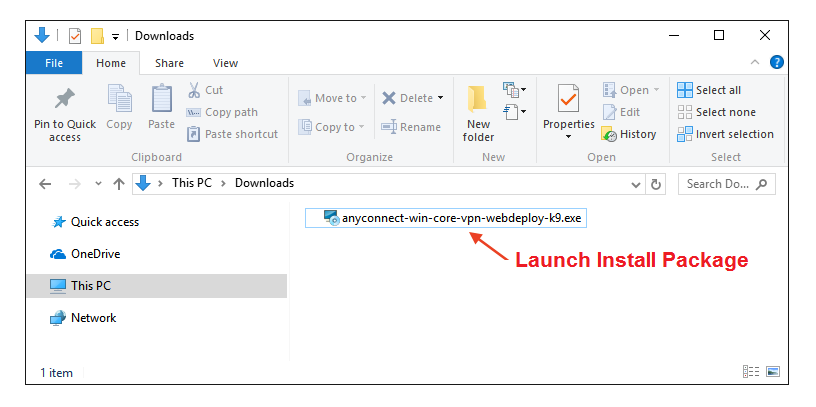
Increased storage capacity and packaging reductions will enable hard-drive makers to insert their products into cell phones, which now almost exclusively rely on flash memory.

"Mikey," the code name for a Hitachi drive that comes out in devices next holiday season, will be 20 percent smaller than current mini drives. When 10GB mini drives hit the market next year, 10GB of flash memory might cost 10 times as much, Porter speculated.īetter packaging will also enable drive makers to reduce their size and volume. Brzeski, Healy and several analysts predict that drive makers will be able to maintain an advantage over flash when it comes to large-capacity devices. Design innovations such as perpendicular recording will allow drive makers to increase current capacities on small drives from the 4GB and 5GB range to 8GB to 10GB within a year. This doesn't mean that mini drives won't continue to improve. Similarly, Maciek Brzeski, vice president of marketing for the storage division of Toshiba, says the Japanese giant is not interested in shrinking the 0.85-inch-diameter platters in its mini drive, which is featured in a video camera coming soon. The company will, however, shrink the overall size of its mini drives by developing smaller motors and reducing packaging, Healy said.

Hitachi, which makes the drive found in the iPod Mini, has no plans to further shrink the 1-inch-diameter platter found in those drives. "The trade-off in size is not as important as the trade-off in capacity," said Bill Healy, senior vice president of product strategy and marketing for Hitachi Global Storage Technologies. Typically, flash memory accesses data faster, but drives can provide far greater storage capacity for the same amount of money. And less available storage space makes it more difficult for drives to distinguish themselves against flash memory. Reducing the diameter of a drive platter greatly reduces the surface area for storing data. The problem goes back to Archimedes and some basic science. "The disk drive is not going to get much smaller," said Jim Porter, an analyst at Disk/Trend. Since the platters constitute a substantial portion of the overall volume of the drive, this means a ceiling looms for shrinking drive sizes and potential increased competition from flash memory.

While consumers have gone bonkers for music players and other sleek devices sporting tiny hard drives, disk drive companies say there's little room, and even less desire, for further reducing the size of the drive platters-the silver disks that spin around and hold data.

For hard-drive makers, getting small is becoming a passing fad.


 0 kommentar(er)
0 kommentar(er)
